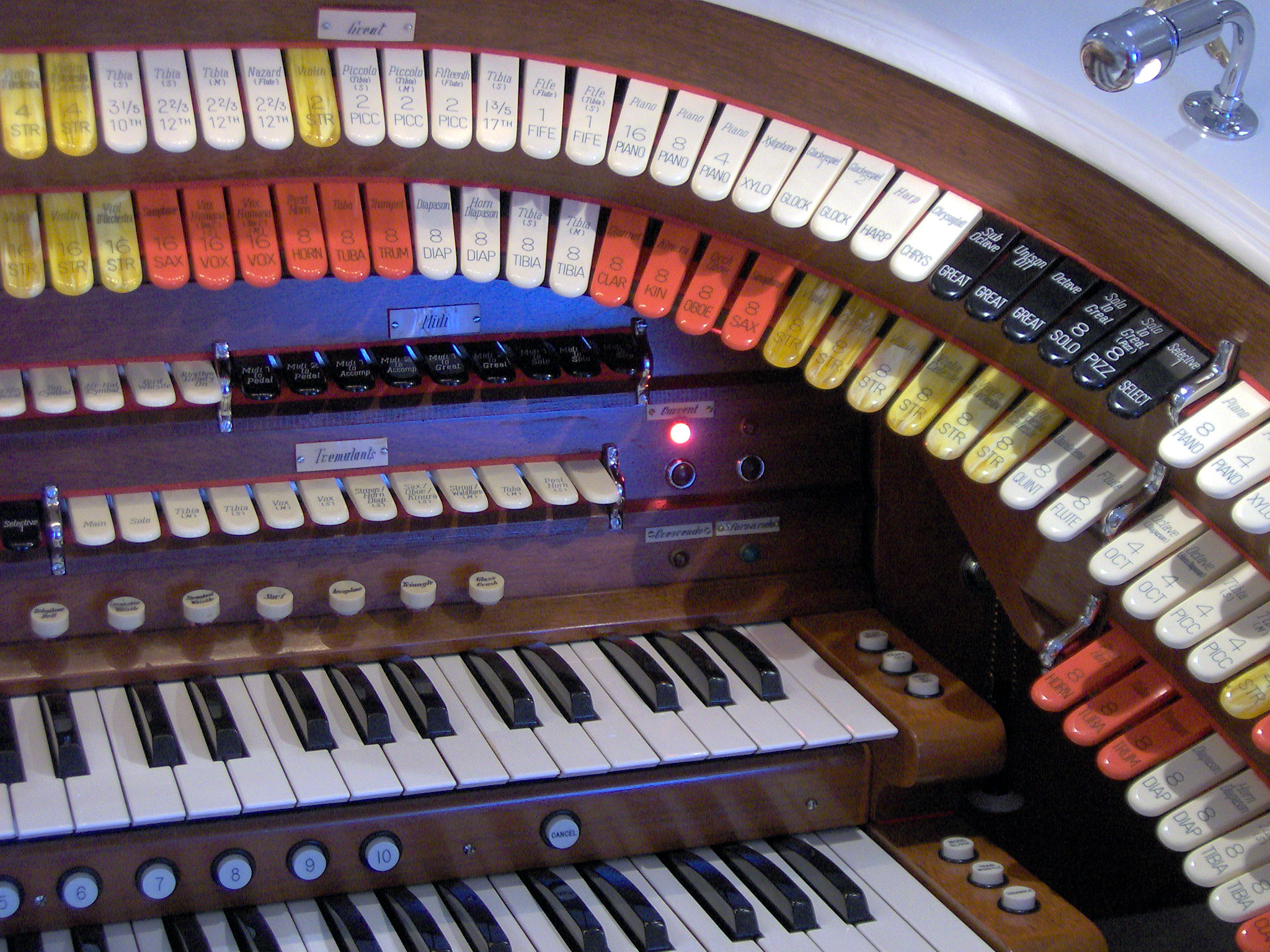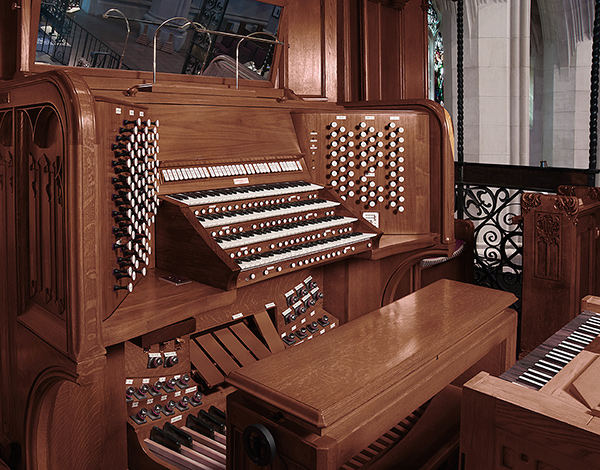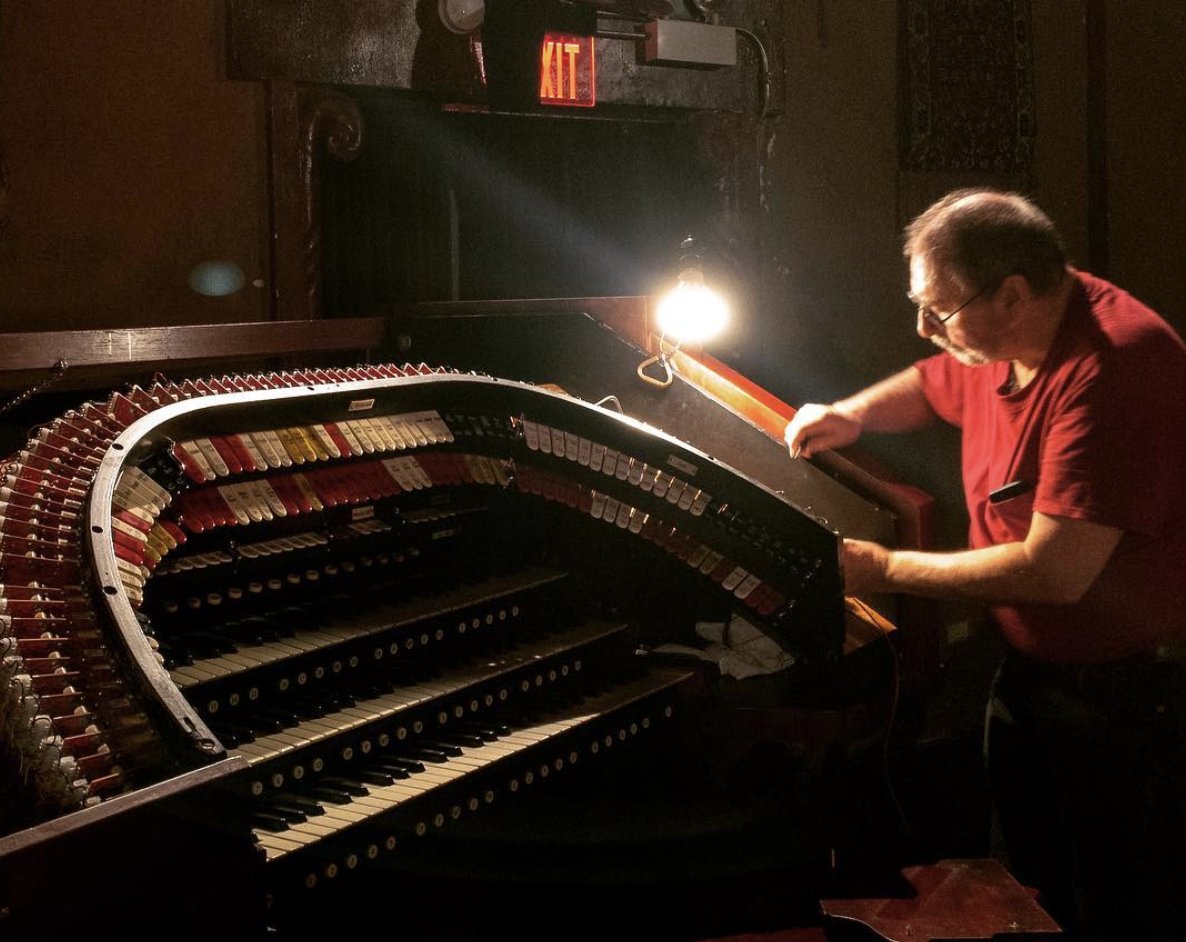

#Kimball organ christmas music manual
But where those earlier instruments employed manual unification, Denver has none. The tonal design follows a pattern Kimball established at the auditoriums of Minneapolis (1928), Memphis (1929), and especially Worcester (1933).

The entirely speaking facade contains pipes for the Great Diapason 1–12, the Pedal Diapason 1–24, and the Pedal Violone 1–12. The new gallery cases adopt the lean, tall lines typical of 1930s facade designs. Michel also pioneered the use of organ metal (instead of zinc) below 4′ C the Pedal Geigen here is in spotted metal from 8′ D. The hard, rolled zinc is so sturdy that strings are planted on the main chests from 8′ C without any upright racking not one miter or seam has failed. No American firm of the day made better pipes: elegantly formed from the finest materials, gloriously substantial without any industrial feel, with wonderful, sophisticated touches. Michel’s signature came in balancing a serious interest in ensemble with ultra-refined voicing and sheer excellence of pipe construction.

Donald Harrison the 1930s Kimball tonal palette remained firmly in the late Romantic Anglo-American canon. Of course, George Michel was no Walter Holtkamp or G. With the Phippses dismayed, the organ crew demoralized, and the dean and Boothroyd disappointed, Kimball still managed to claim pride in their achievement. Palmer Christian played the dedicatory recital May 18. Kimball head voicer George Michel had already begun tonal finishing on March 13, completing it on April 11 in time for Easter. Not until March 22 was the entire organ all in. It finally arrived November 13, and Meunier got it playing for Christmas amid an atmosphere of heavy disappointment. The senator even suggested optimal train routing for the first carload, containing the Swell and some of the Pedal. When the first trainload kept not arriving, nerves began to fray: from local organ man Fred Meunier (a key part of the Christmas promise) to Senator Phipps (who hadn’t wanted Kimball in the first place), and especially Cathedral organist Carl Staps (piqued at having been kept at arm’s length). The original 80 ranks eventually grew to 95 Kimball threw in a Choir 4′ Viola to make 96, all the while keeping to the Christmas deadline. Even with production still high in the 1930s, this was a daunting schedule, not helped when Boothroyd kept adding stops, which the Phippses kept happily funding. Once again, Kimball promised quick delivery: 80 ranks in six months, by Christmas 1937. Paul Roberts, was installed as dean of Denver, Boothroyd became the Cathedral’s de facto organ advisor. Stephen’s Episcopal Church in Colorado Springs (1928 Welte with 1936 Kimball additions), Boothroyd probably drafted the stoplist for the Phipps Kimball. Close friend of the Phippses and organist at Grace–St. Thus, to get Kimball back in the running for the Cathedral job, sophisticated nudging was needed, which came in the person of George Boothroyd. Phipps played the piano and organ, and had a 1933 Kimball at home-an instrument that was not delivered on time, irritating the senator, who had intended the organ as a surprise Christmas gift. Beneath the Great stopknobs is the original expression arranger (inset), which permits the four swell boxes to be assigned to any expression pedal. The 1938 console exudes Kimball’s streamlined Moderne styling. Phipps to envision a new organ in the Episcopal Cathedral in the judge’s memory ringing forth on Christmas 1937. Judge Rogers died on December 25, 1928, leading Mrs. Phipps’s father, Judge Platt Rogers (1850–1928), mayor of Denver 1891–93. The gift of Senator Lawrence and Margaret Phipps, the Kimball is placed in memory of Mrs.

John’s Cathedral is Colorado’s biggest pipe organ, the last large surviving Kimball, and a memorial to notable Denverites. (2016) New Antiphonal Organ with Vintage Pipes Restoration by Spencer Organ Company Inc.


 0 kommentar(er)
0 kommentar(er)
